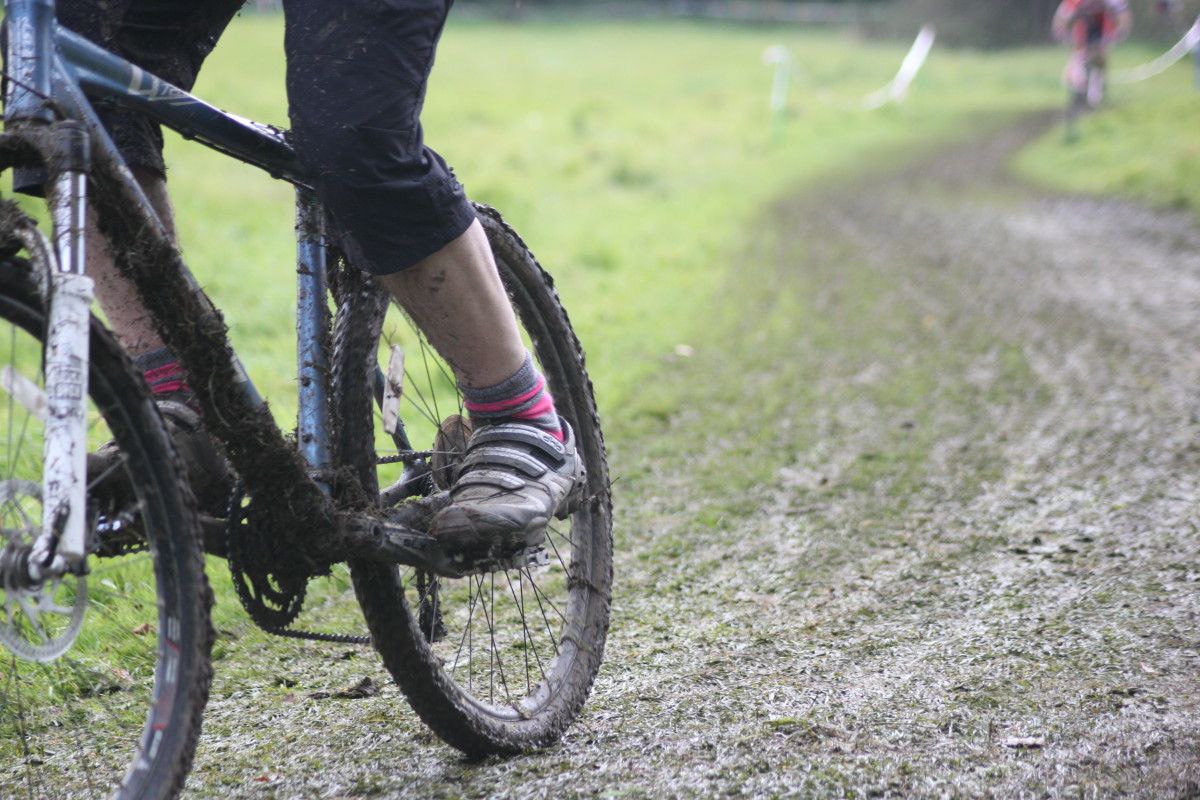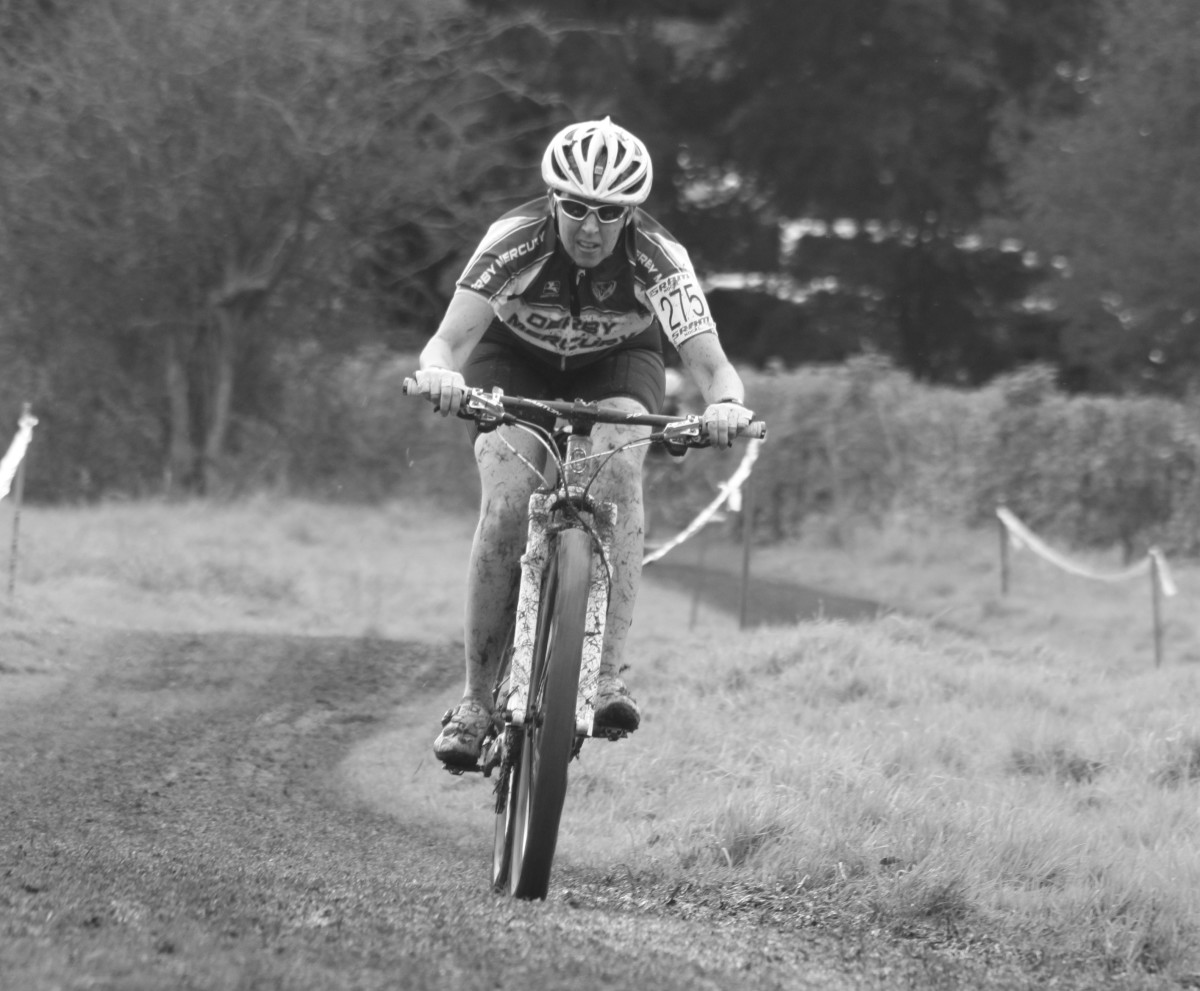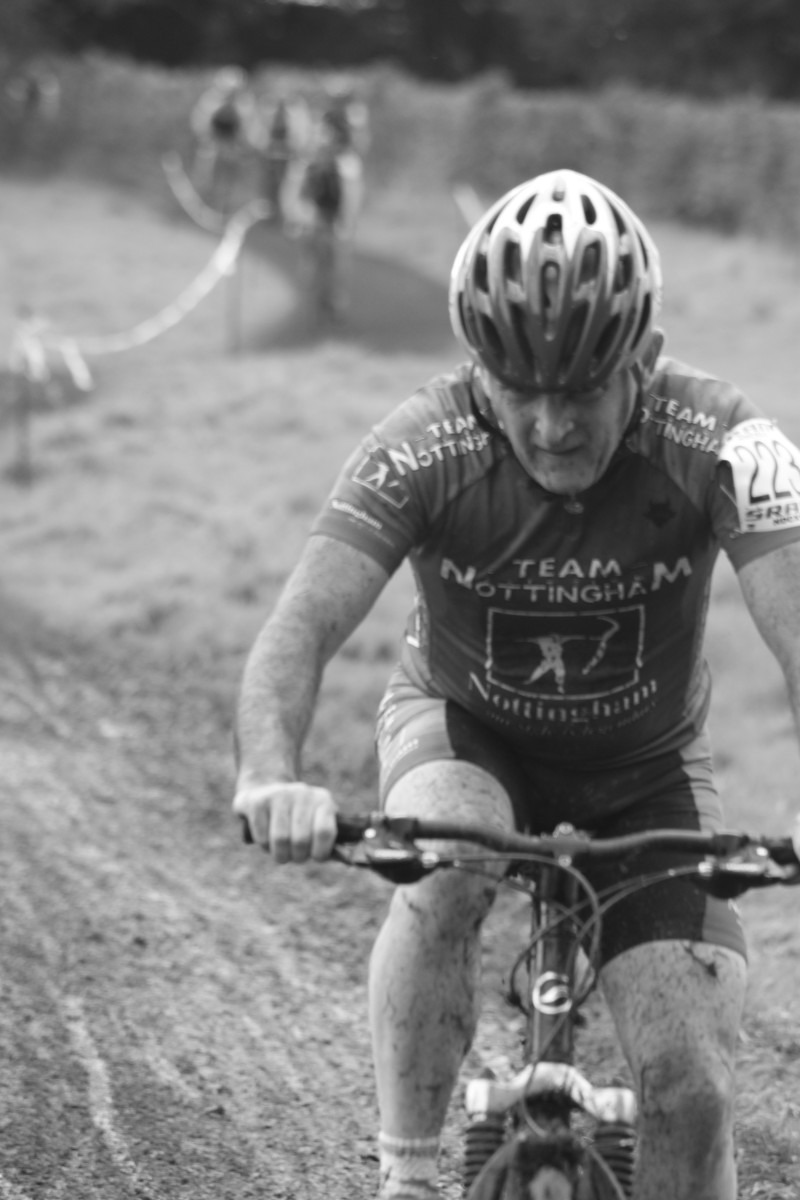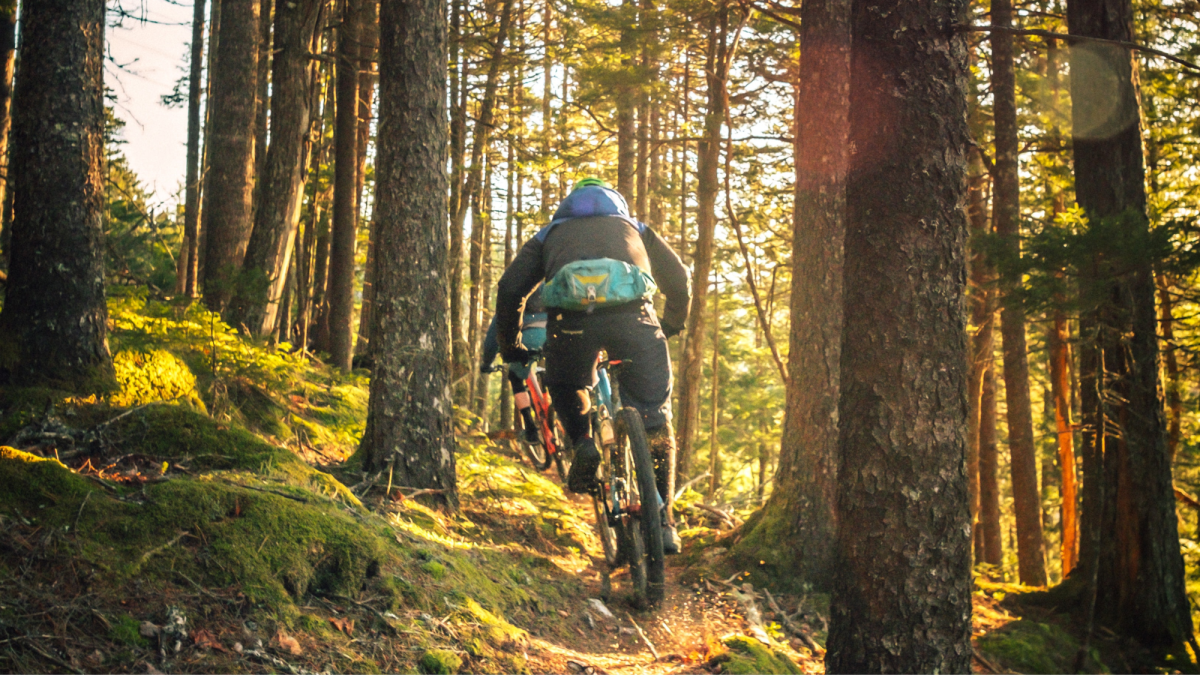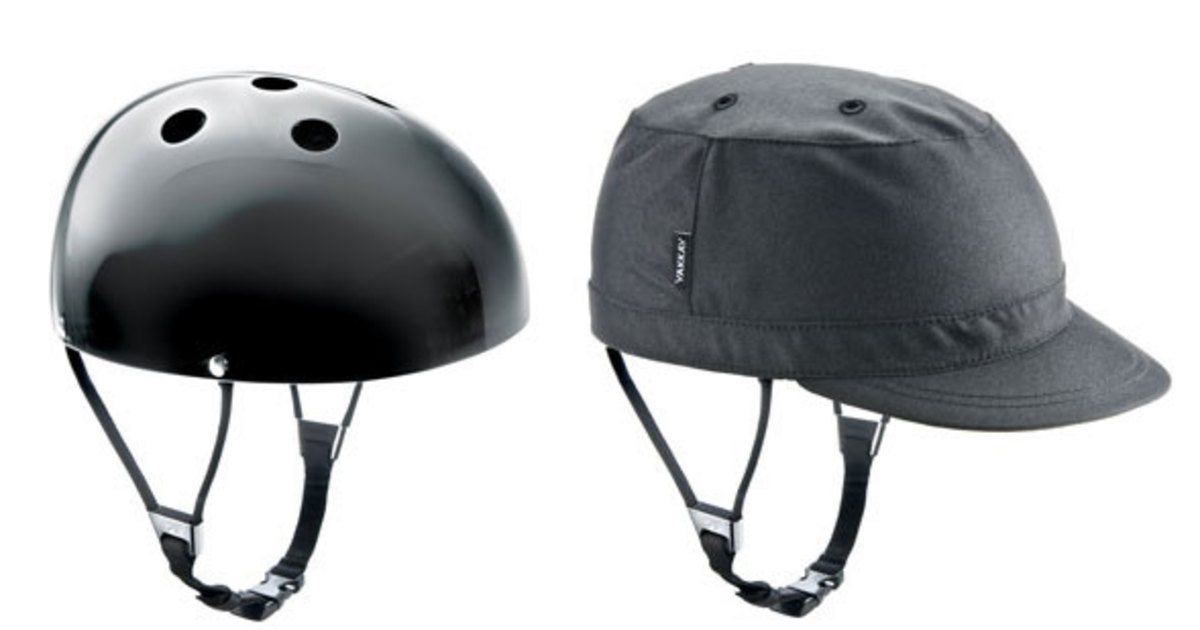How to Set a Mountain Bike Seat
It is important to have a correctly set up mountain bike before hitting the trails. This ensures that you get the most out of your cycling by maximising your pedalling efficiency, reducing the risk of developing common cycling injuries and improving your overall riding comfort.
Part of having a correctly set up mountain bike is having a properly position seat – something that is often easily overlooked. Although many experienced cyclists have their own preferences and may make changes to suit different riding conditions, the following are the recommendations for a novice rider with limited experience.
Before a seat can be properly set up, it is important to be sure that the frame of your mountain bike is right for your body length, otherwise any adjustments you make to the seat will be incorrect. Another consideration is the selection of an appropriate seat type. It is important to get a seat that supports the “sit-bones” at the back of your pelvis. A seat that fails to do so will translate to a very uncomfortable ride. For instance, women have more widely spaced “sit-bones” and generally require a wider seat to provide the necessary support.
Setting a mountain bike seat is fairly straightforward. If you are new to the sport and have just bought your first bike, it is advisable to get someone experienced from the shop to help you set up your seat properly. When setting up a mountain bike seat, there are three factors to take into consideration.
1. Height
A common mistake made is to have the seat positioned too low. One of the reasons why inexperienced riders set their seats too low is because they have not learned the proper techniques for mounting and dismounting a bike. They rely on being able to put a foot on the ground to steady the bike as they mount and dismount.
The problems with having a seat that is positioned too low is that you end up riding with your knees excessively bent. This causes harm to your knees and increases riding inefficiency. The human leg is strongest when it is straight. When you ride with your seat too low, you do not utilise the full potential of your leg strength because you cannot straighten it fully.
Riding with a seat that is too low also makes it harder to transfer some of your body weight to your legs. This means you will sit with more weight on the saddle, which in turn increases saddle discomfort.
How high should the seat be positioned?
There are a few ways to adjust the seat height. The first is to sit on your bike with your heels on the pedals. One pedal should be at its lowest point while the other at its highest point. Your seat should be adjusted so that the leg that is extended is straight. When you ride with the ball of your foot pressing against the pedal, there will be a slight bend in your leg when the pedal is at its lowest point. It is recommended that your knees should not be bent more than 25-30 degrees. If your leg is bent more than this angle, then your seat is too low. If you have to rock your hips when pedalling, then your seat is positioned too high.
The second method for adjusting seat height follows the idea that you won’t know what too high is until the seat is too high. The method for adjusting seat height in this case is to keep adjusting your seat up, 1cm at a time, and testing it as you ride. Keep raising the seat until it gets too high then lower it slightly.
You will know if your seat is too high when you have to rock your hips to pedal. It will feel as if you have to stretch your legs to reach the pedal at its lowest point. Additionally, you may also find yourself moving forwards so that you are sitting on the narrow part of the seat. It should be noted that the latter may also mean that your seat is angled too low at the front or that the reach to your handle bars is too far.
When adjusting seat height, there is only so much a seat-post can be lifted before it becomes overextended. At minimum, there should be 10cm left in the frame. Most seat-posts have a maximum-extension mark on the post to show when you have reach the limit of your seat-post. Going beyond this mark increases the risks of damaging your frame and compromises the security of the seat. If you are uncertain, pull the seat-post out to check. If you need your seat to be positioned higher, it is better to get a longer seat-post instead.
There are instances when you may want to lower the seat from the recommended height position. For instance, if the trail is very technical or if there are many steep downhill slopes, a lower seat will offer you improved agility and greater safety. Another instance for having a slightly lower seat position is when you are using clipless pedals. When riding with clipless pedals, you can increase your pedal power by pulling the pedal backward near the bottom of the stroke. A lower seat position will help you achieve this.
2. Angle
The general recommendation is to have the angle of the seat fairly close to horizontal. A correctly angled seat should not make you feel as though you are being pushed forwards or backwards when riding. If you feel that you are putting too much weight on your hands, raise the nose of your seat up a little. If you experience any numbness in the crotch area, tilting the nose of your seat down a little may help.
Some men prefer to have the front of the seat slightly higher than the rear. If the seat is angled too high at the front, it increases the pressure on the soft tissues and can cause problems with circulation and nerve damage. Some women prefer to have the front slightly lower than the rear, however if the seat is tilted too far down in front, the rider tends to slide forwards onto the narrower part of the seat. To counter this, increased pressure is placed on the hands, which leads to wrist, shoulder and neck problems.
Some research has found that the nose-down position helps to reduce the incidence of back-pain in cyclists, which may be a consideration if you fall into this category. Finally, another consideration to take is when you are riding a full-suspension bike. The sag in the rear suspension will need to be taken into consideration when adjusting the angle of the seat.
3. Front/back Position
You can also adjust your mountain bike seat forwards and backwards. An appropriately adjusted front/back position helps to ensure you are pedaling at an efficient angle. Here are some measures to follow:
- When your pedals are parallel to the ground, your kneecap should be directly above the pedal spindle.
- When your pedal is at its lowest point, the front of your kneecap should be directly above the pedal axle.
As you can see there are several factors to take into consideration when adjust the seat of a mountain bike. Failing to have a properly set mountain bike seat increases the risk of injury, riding discomfort and pedalling inefficiency. To maximise your riding experience, make sure your mountain bike is properly adjusted before hitting the dirt.



